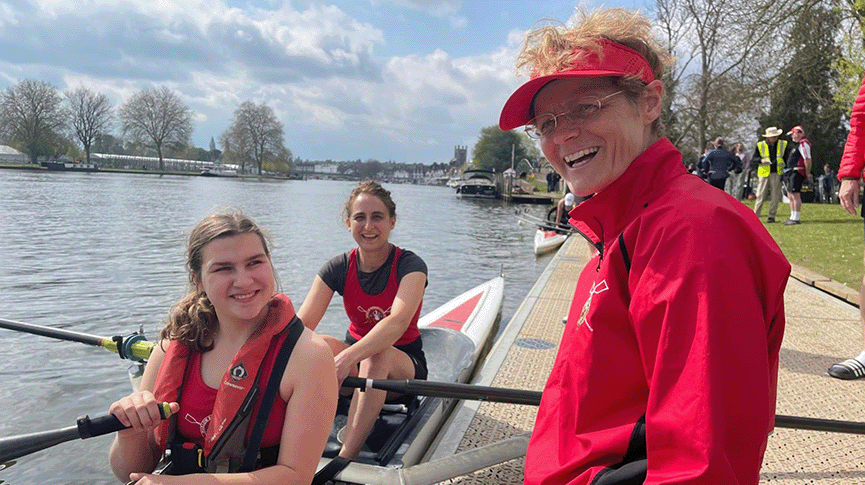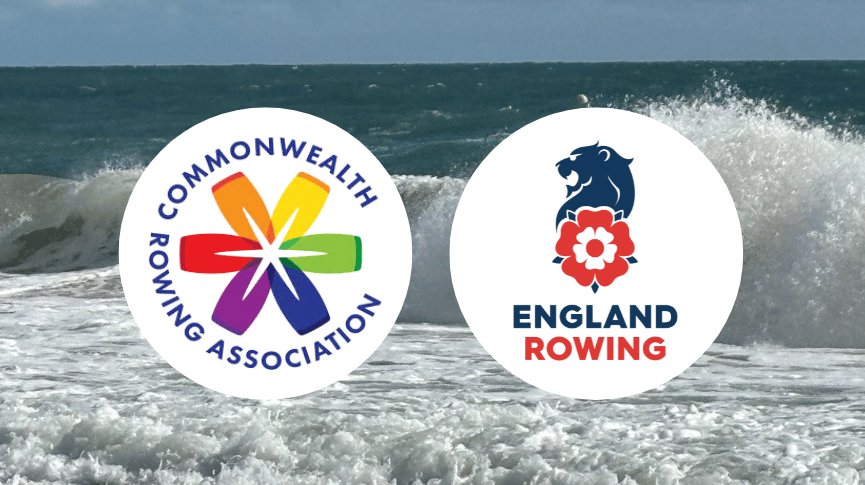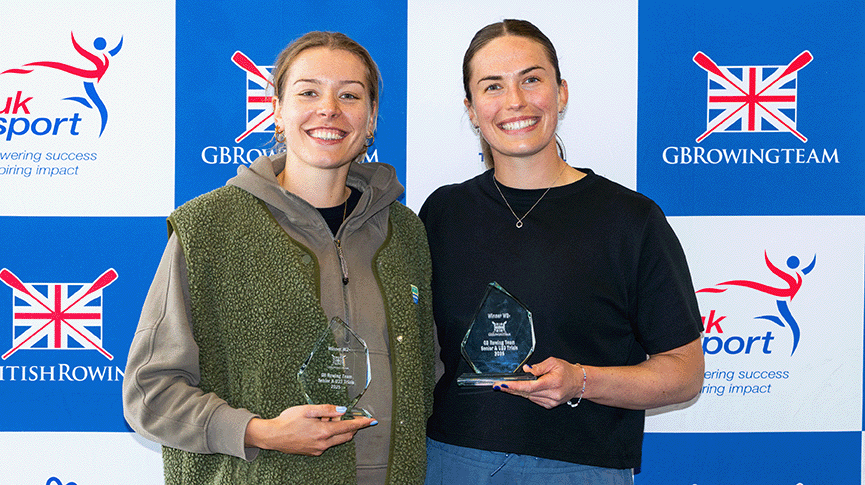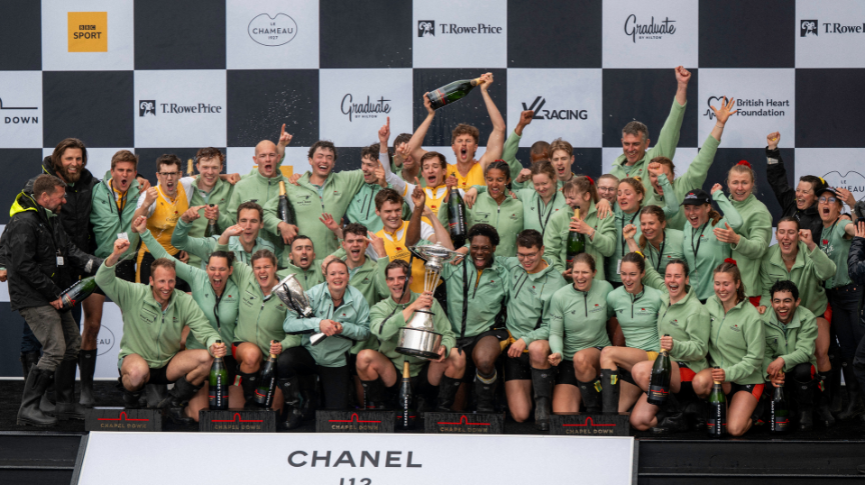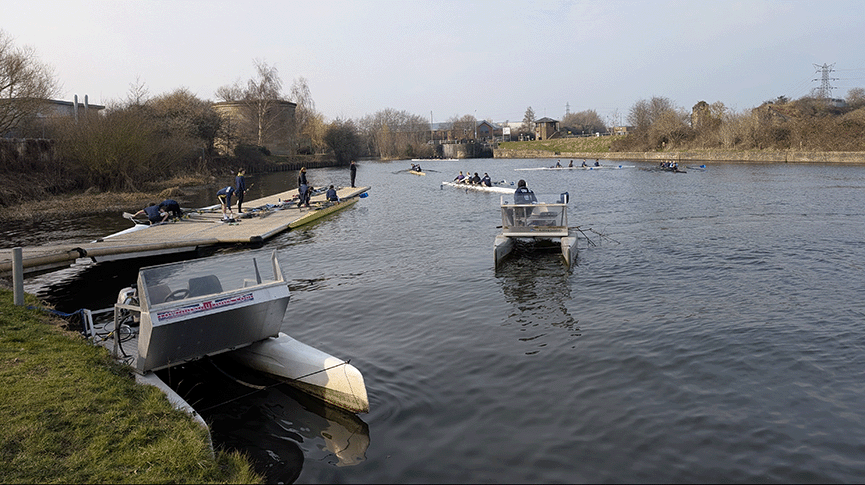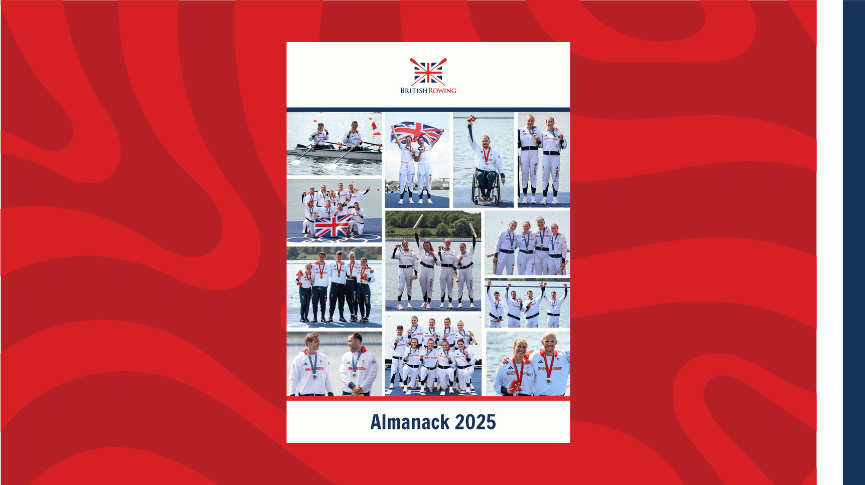British Rowing launches new Rower Development Guide
The Rower Development Guide provides advice for rowers, coaches and parents to help develop a more rounded and fully capable rower
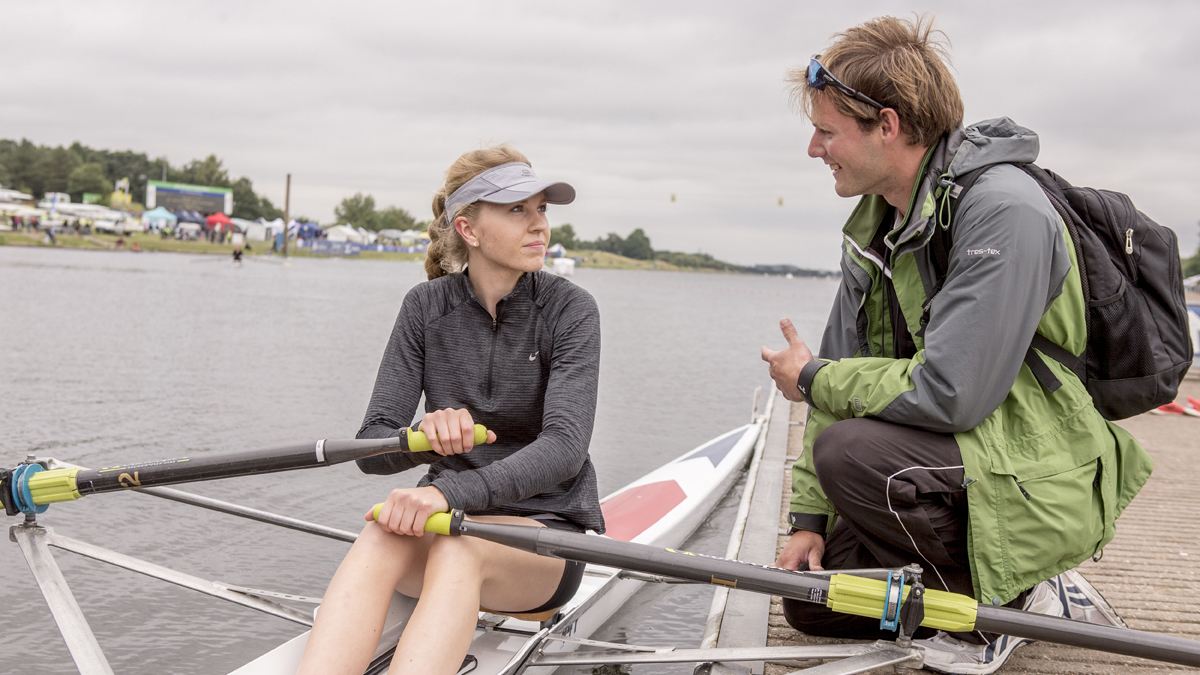
(c) Naomi Baker
British Rowing has launched a new Rower Development Guide that provides practical advice for rowers, coaches and parents on how to develop a more rounded and capable rower.
The guide works off the basis that all new rowers start from the same point and therefore need to be grounded in the same competencies in order to get the most out of their time in rowing and ensure they train at the appropriate level.
The Rower Development Guide has been developed based on the fact that all rowers will start by needing to learn the same basic principles for rowing.
This is set-out within five pillars:
- Physical Literacy
- Athleticism
- Fitness
- Knowledge, Understanding & Application
- Ethos & Behaviours
To ensure a rower has the necessary time to develop skills and knowledge for each of the five pillars a rower pathway, linked to training levels, has been created.
On entry to the sport all rowers, of any age (11+), should start at level one before progressing to the next level. The top level, Level 4, is for competitive club rowers and those breaking into High Performance (17+).
As well as providing guidance for each of the five pillars, the different levels also provide recommendations on the number of rowing activity sessions per week, optimal length and type of training that should be undertaken. The rate of progression will differ between rowers and will depend on several factors including age, fitness, athleticism, coordination and knowledge.
It is the ambition that the Rower Development Guide will help every rower starting in the sport, or progressing through it, to build a foundation of good rowing habits and behaviours that will help them get the most out of the sport.
Rosie Mayglothling, Director of Pathway Development said of the Rower Development Guide: “Creating and embedding pathways through rowing is a critical piece of work if we are to not only grow the sport but also ensure that rowers have the best possible experience within the sport. I urge all rowers, coaches and parents to take the time to read this guide and put it into practice.”
The guide will be updated over the coming months and years so the content remains relevant, so any feedback can be provided through the welcome page on the Rower Development Guide.


